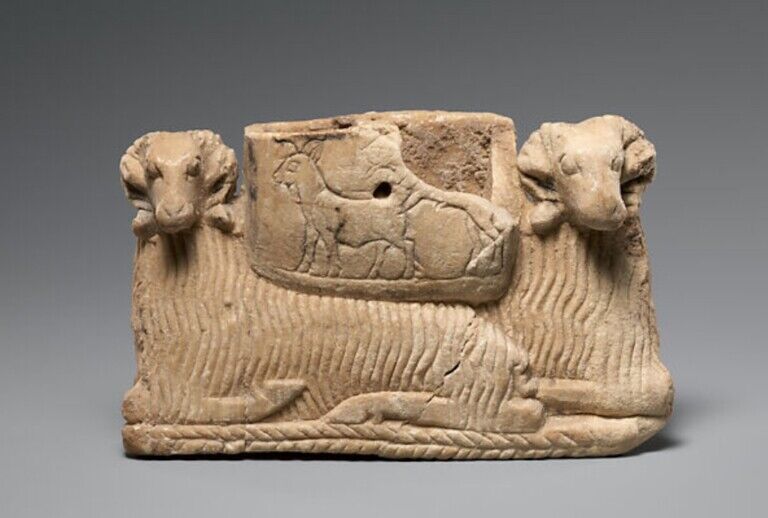The Metropolitan Museum of Art in New York has returned three ancient artworks thought to have been looted to the Republic of Iraq.
Dating from the third to second millennium BCE, the artworks are a Sumerian vessel made of gypsum alabaster, and two Babylonian ceramic sculptures – a head of a male and a head of a female.
The museum also initiated the repatriation of a third-millennium BCE Sumerian sculpture to the Republic of Iraq in 2024, after provenance research by Met scholars established that the work belongs to the country.
Vessel and sculptures thought to be looted
“The Met is committed to the responsible collecting of art and the shared stewardship of the world’s cultural heritage and has made significant investments in accelerating the proactive research of our collection,” said Max Hollein, the Met’s Director and CEO.
He added, “The museum is grateful for our ongoing conversations with Iraq regarding future collaborative endeavors, and we look forward to working together to advance our shared dedication to fostering knowledge and appreciation of Iraqi art and culture.”
The works were returned as part of the Manhattan district attorney’s office investigations into looted art, including one into the disgraced British antiquities dealer Robin Symes, who died in 2023.
Via a press release from the Met, the Sumerian vessel and head of a male were at one point sold by Symes.
“Through the museum’s cooperation with the Manhattan DA’s office, and as a result of its investigation into Robin Symes, the museum recently received new information that made it clear that the works should be repatriated, resulting in a constructive resolution,” the Met said in a statement.
Through its cultural property initiative, the Met is reviewing works in its collection.
Other works to be returned by the institution in recent years include a bronze griffin head to Greece, two stone sculptures to Yemen, 15 sculptures to India, several objects to Nepal, and 16 Khmer sculptures to Cambodia and Thailand.
Images courtesy of the Met
